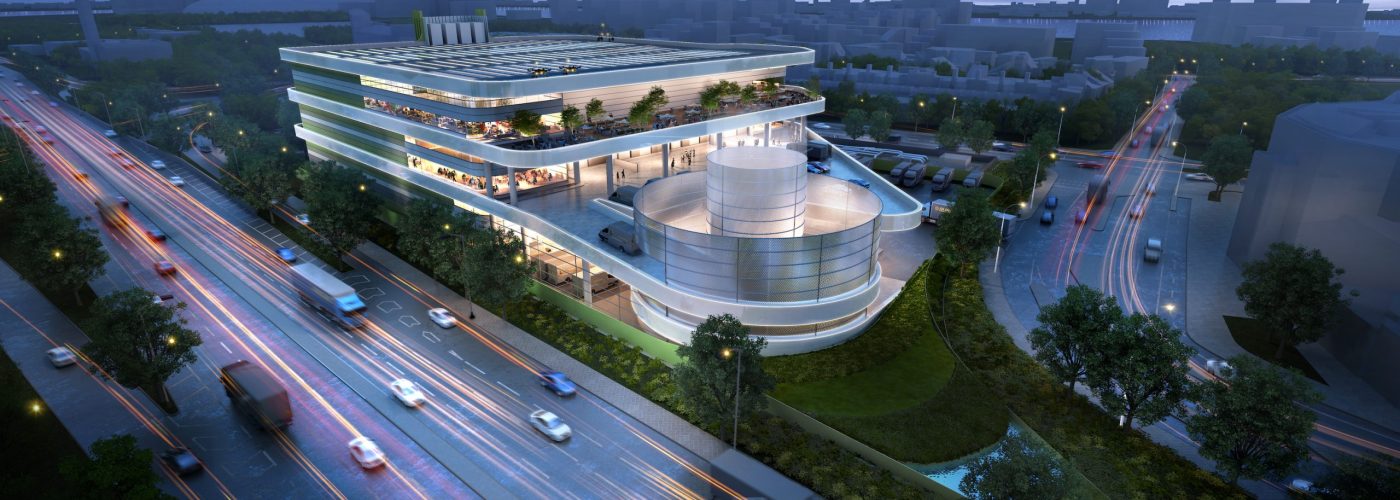Leading property industry figures anticipate an imminent breakthrough moment for multi-level logistics in the UK, according to new research by Chetwoods – one of the country’s leading architecture practices working in the industrial logistic sector.
Almost 80% of the property professionals surveyed by Chetwoods said that they expect to see an HGV multi-level logistics unit built within two years in the UK. Multi-level logistics are a key element in industrial intensification, which until recently has been viewed with caution by the property profession. However, advances in design and technology, coupled with strong policy support from key public sector organisations, are shifting perceptions around the future of logistics design.
Industrial intensification – defined by the Mayor of London as a mixed-use, co-location scheme where over 65% of the floorspace capacity is being used for warehousing or industrial space – offers a way of delivering better logistics facilities while also resolving tensions between industrial and other land uses. There has also been further interesting discussion across the industry about how the definition of the term could evolve as interest grows in the sector. For example, job intensification and sustainability intensification could also be analysed going forward.
Critically, industrial intensification always offers ways to reduce industry’s physical footprint to free up land for other purposes: a win-win outcome for operators, supply networks and communities.
However, Chetwoods’ research demonstrates that the property industry has until now been wary of industrial intensification: a scepticism and reluctance to change that risks the UK falling behind international competitors in terms of logistics design. In Asia, the US and a handful of urban centres in Europe, multi-level logistics are more established than in the UK, despite similar pressures on available space and land costs.
In London, the Mayor of London and the GLA are demonstrating real leadership and an ability to respond to the needs of both industry and London’s economy with the innovative Bugsby’s Way development in Greenwich, where a 1.3ha brownfield site near the Greenwich Peninsula has been earmarked for industrial intensification. Here, the Mayor and GLA worked with Chetwoods to develop an initial concept design for a multi-use scheme to support a range of businesses from logistics operators to SMEs, and to shift the perceptions of industrial buildings from traditional single-storey sheds to innovative, multi-faceted buildings.
Tim Ward, CEO at Chetwoods, believes that these advances in terms of design and technology will be game-changers for the UK logistics industry. He said:
“For years land use in the UK has often been contested, with industrial use in particular often perceived as unattractive and disruptive. This has held back progress in the UK’s urban logistics industry, and has meant that industrial intensification – despite its many positives – remains something of a novelty in the UK while other countries reap the benefits.
Thanks to progress in terms of planning policy, design and technology, it now seems that multi-level logistics is an idea whose time has come in the UK. Due to the far-sightedness of bodies such as the GLA and a number of ambitious and innovative developers, we’re beginning to see the first shoots of a multi-level logistics revolution in the UK. Shifts in industry perception can only hasten this progress, and deliver the enormous benefits that 21st century logistics design can bring.”
Building, Design & Construction Magazine | The Choice of Industry Professionals





